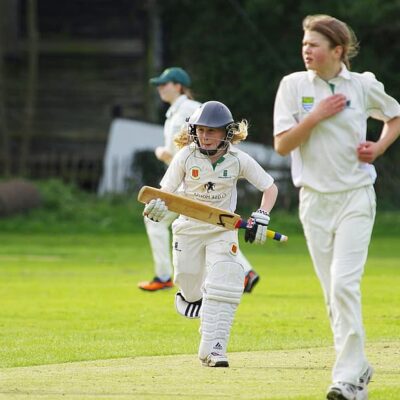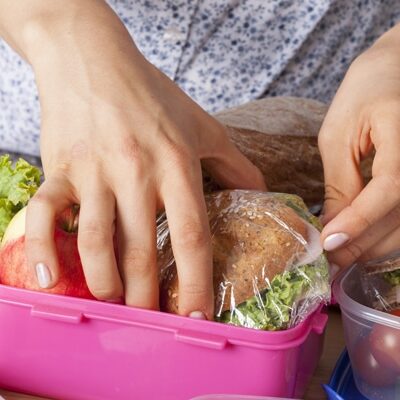The words ‘peer pressure’ often make us think of negative and unwanted behaviours for our children, however some peer influence at school can be beneficial, especially when the influence corresponds to the values and beliefs you have worked on as a family – for example, being active at break times and attending after school activities.
However there are some occasions, particularly around food choices, where peer pressure can lead children away from making the better choice. When children make different choices to their peers in a social setting, some may feel embarrassed or singled out… especially if they have low self-esteem.
It is important to create space for children to express to you how making certain decisions around food impacts them in their social gatherings, so that you can problem solve together. Using positive language around good decisions they have made at school is a great start and will help develop a stronger self-esteem and allow them to become confident in their actions.







